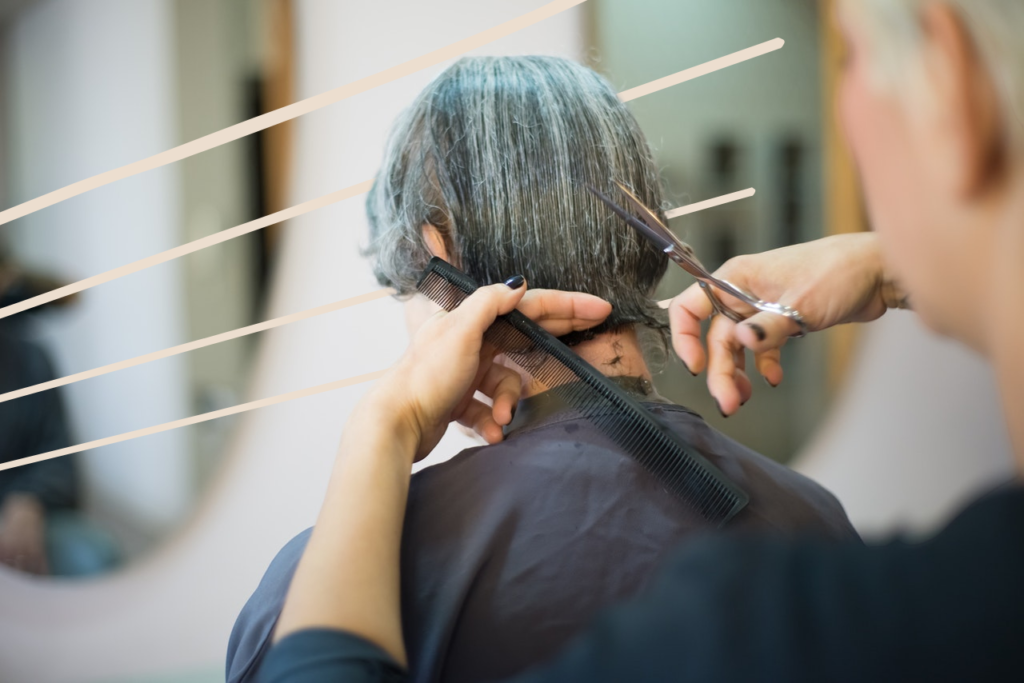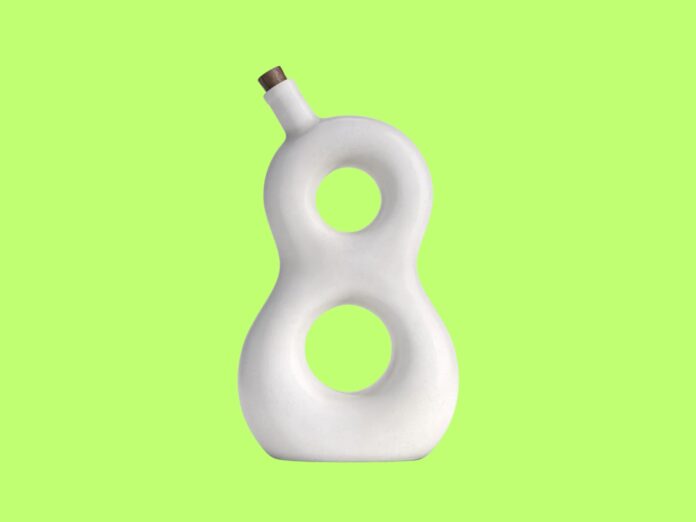Perhaps it’s no coincidence that you can spell ‘tresses’ from ‘stresses’. Hair, let’s face it, is a fragile thing, prone to damage from diet, heat, pollution and friction, both physical and emotional.
And as the summer months roll into view, with warm weather predicted for the next couple of weeks, it seems like these catalysts are more even keenly felt and, accordingly, more caution is required to maintain healthy locks and give your hair the chance to thrive.
With that in mind, here are 8 tips to help keep your hair healthy this summer.
Wash & Condition
Summer = sun (well, kinda). That relationship is undeniable, even in the UK where the weather is inclement and unpredictable.
Also irrefutable is the link between sun and sweat, and whilst you are able to observe sweat on your skin, under your armpits, on your brow, and even dripping down your back, it is much more difficult to see the beads of sweat that accumulate on your scalp. Without regular washing and conditioning (not too regular, mind), sweat can dry then irritate the scalp and clog your hair follicles, leading to dandruff and potentially damaging your hair.
There is no hard and fast rule for how often anyone should wash their hair. Different textures call for differing measures of care. Remember, as a general rule, that shampoo is for your scalp but conditioner is for your hair strands. Both need attention. Select products free from sulfates and parabens, both chemicals that are harsh and harmful for your hair. The more natural the ingredients, the better, where your hair is concerned.
On and off, incorporate hair masks and deep conditioning treatments into your routine. These infuse a more profoundly penetrating treatment to rebuild and repair the hair shafts and follicles, strengthening your hair in the process.

Use Heat Protectant Products
Using a hair dryer is the most time-efficient way to dry and style your hair, but before you go ahead and turn up the heat, you need to be prepared. How? It’s time to use a heat protector. But do they really work?
Some people go their whole lives without touching a heat protectant product, not realising the damage that heat styling has done to their hair. It might look fine, but over time and with frequent use of heat styling tools, your hair will become dry and brittle and prone to breakage if you’re not protecting it.
That’s where heat protectant spray comes in! Your hair styling tools use high temperatures (generally between 95 – 170°C) to help you serve some gorgeous looks. As soon as your hair is heated above 130°C, it can experience damage in the following ways: moisture in your hair evaporates from inside your hair, and if your hair is wet, the steam will blast through your hair structure. The keratin proteins will break down, which weakens your hair. The cuticle (the outer layer) of your hair cracks and frays, and the pigment in your hair changes colour, which can leave bleached hair looking brassy. Heat protectant spray provides a barrier against these problems.
Read: How to humidity proof your hair
Trim Regularly
Essential for maintaining healthy hair are regular trims, especially during the summer when hair can become more prone to split ends and breakage. Aim to trim your hair every 6-8 weeks to remove damaged ends and promote healthy growth. Trimming not only helps to keep your hair looking fresh and neat but also prevents split ends from travelling up the hair shaft, which can lead to more significant damage.
If you’re trying to grow your hair out, don’t skip trims altogether. Regular trims will actually help you achieve longer, healthier hair in the long run by preventing breakage and maintaining the overall health of your strands. Consult with your hairstylist to determine the best trimming schedule for your hair type and goals.

Choose The Right Hair Ties
We’ve all had the experience of hair snagging on hairbands. The unnatural positions of manoeuvring the hair tie loose might be comical to onlookers but it’s painfully frustrating to you, and can lead to strands being pulled from your head.
All of this occurs when you make poor choices in hairbands. The best hair ties are simply made with a durable yet flexible material, allowing hair to be bound securely and comfortably. You don’t have to worry about snagging or knotting, and ultimately, this means less tension and headaches.
Water-logged hair ties make it increasingly difficult to pry them loose. More reason to try a water-resistant option, then, since both the chlorine of swimming pools and the salt of the sea can cause excess damage. Who knew that so much thought went into the purchase of a hair tie?
Read: 8 curly hair care tips that you need to know for winter
Use More Moisturising Products
Keeping your skin and hair moisturised is essential anytime of year, but even more so during the summer months. The sun has a greater impact on your hair than you may be aware of; to offset the hours you spend in direct contact with its rays, prepare your hair sufficiently before going out.
If your hair isn’t packed with moisture, the cuticles will open up, letting in the air’s moisture and causing frizz. When you wash your hair, never skip conditioner. Twice a week, use only conditioner on your hair and no shampoo and once a week use a conditioning mask to ensure maximum moisture and gloss. Avoid shampoos and conditioners that contain sulphates (chemicals used as cleansing agents) as these can strip your hair of the natural oils needed to keep your locks healthy.
If you’re a DIY type of girl, homemade hair masks with coconut or banana are the best for controlling frizz.
Oils can be of great use, here. Different oils have varying health benefits. Peppermint will stimulate the scalp for better growth while castor oil has anti-oxidant and anti-inflammatory capabilities. Argan and jojoba oils are very light and naturally moisturising as they are able to penetrate deeply into the hair shaft.
Other oils boast UV protecting abilities. While not to be used on their own for the purpose of adding moisture, oils do aid in preventing the hair from drying out. The hair gurus tell you to start with a water-based product, liquid, or cream. Then, you top that off with an oil to seal in the moisture.
Read: The benefits of carrier oils for your skin and hair
Hide It Away
Sometimes the best measure of protection that can be taken is to physically shield hair from the sun. No matter how much you moisturise, the only way to ensure moisture is retained to a fuller capacity is to cover your hair. Bonnets, headwraps, scarves, and silk-lined caps are a few examples of protective coverings which can also look fashionable.
What about hats? Straw hats, fedoras, bowlers, and countless others are available for the fashion-forward, daring and risque. It has been said that shoes make the outfit but many would argue that a good hat acting as a statement piece will steal the show – and no one has to know it’s for protection rather than fashion.

Manage Stress Levels
Your mental wellbeing has a profound impact on your physical health, including the condition of your hair. During summer months, when temperatures rise and routines often change, stress levels can increase—and this can directly affect your hair’s growth cycle.
As Treatment Rooms, a hair transplant clinic in Oxford, report, prolonged periods of stress can trigger telogen effluvium—a temporary condition where hair shifts prematurely into its shedding phase. This typically manifests as increased hair fall approximately three months after a stressful period.
To protect your locks, incorporate stress-management techniques into your summer routine. Mindfulness meditation, yoga, regular exercise, and adequate sleep can all help regulate cortisol levels. Additionally, scalp massages not only feel wonderful in warm weather but also improve blood circulation to hair follicles whilst reducing tension.
Remember that healthy hair begins with a healthy mind and body. Taking time for self-care isn’t just good for your mental health—it’s essential for maintaining those lustrous summer tresses.

Vitamin D & Other Dietary Aspects
After all we’ve said, we should emphasise that the sun is actually beneficial to hair growth since Vitamin D helps in keratin production, stimulating growth and stimulating both old and new hair follicles. If you’re shielding from the sun to protect your skin and hair, then it’s important to ensure you’re getting enough Vitamin D from your diet. You can find a healthy dose of the good stuff in oily fish, red meat, egg yolks and fortified cereals. Supplements are also available.
Indeed, they say that ‘you are what you eat’ and this is never truer than when considering your hair. Nope, you won’t suddenly grow spaghetti strands in place of your locks, but rather, your diet can play a major role in your hair health. Aside from Vitamin D, it’s also important to get sufficient Vitamin C, found in broccoli, oranges and more, as well as protein and biotin, found in eggs, and omega-3, prevalent in oily fish like salmon and mackerel.
The Bottom Line
Maintaining healthy hair during the summer requires a bit of extra care and attention, but the results are well worth the effort. By following these tips—washing and conditioning appropriately, choosing the right hair ties, using moisturising products, protecting your hair from the sun, ensuring a balanced diet, using heat protectant products, avoiding over-styling, and trimming regularly—you can keep your locks looking vibrant and strong. Embrace these practices to enjoy beautiful, healthy hair all summer long.





